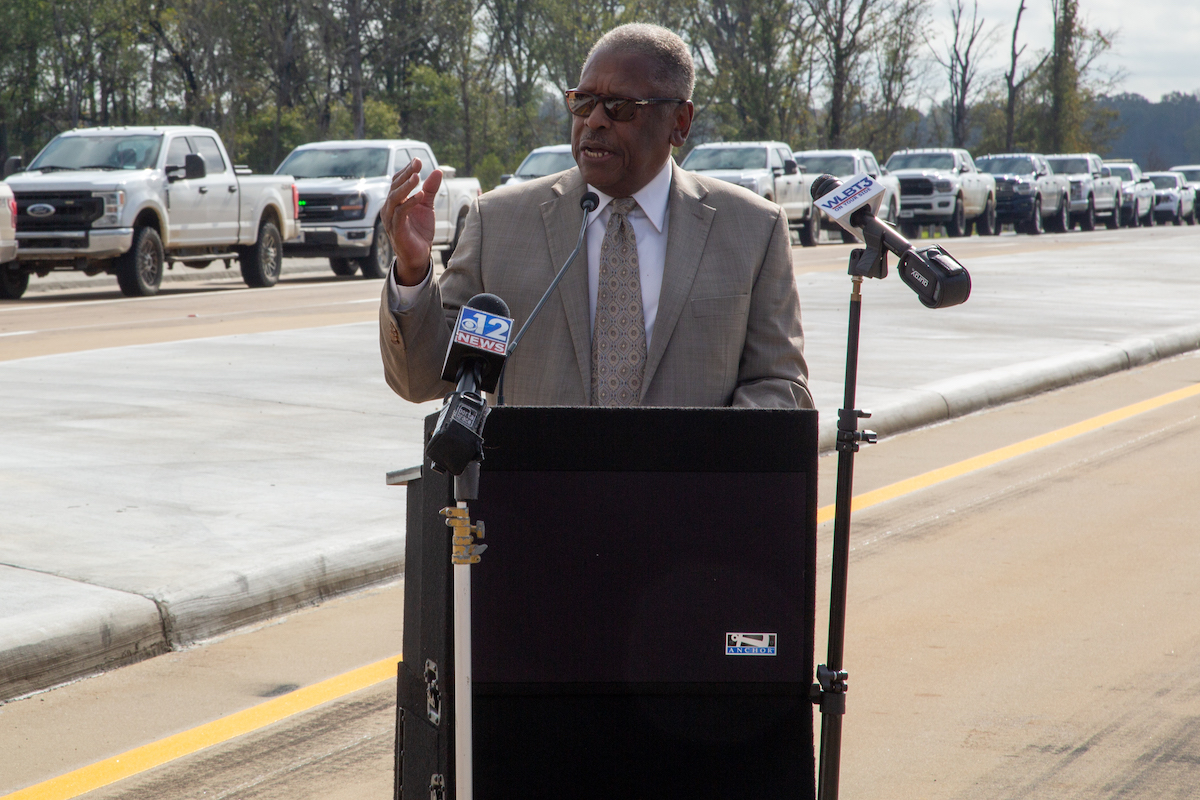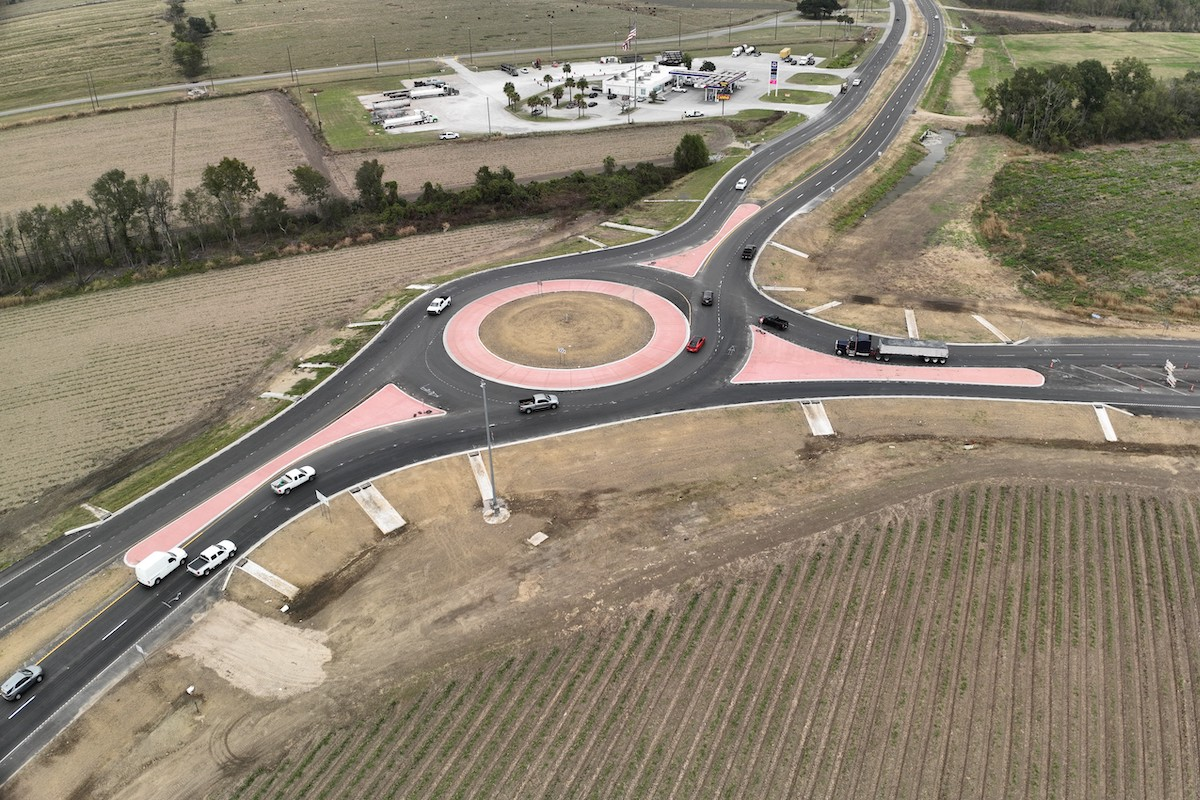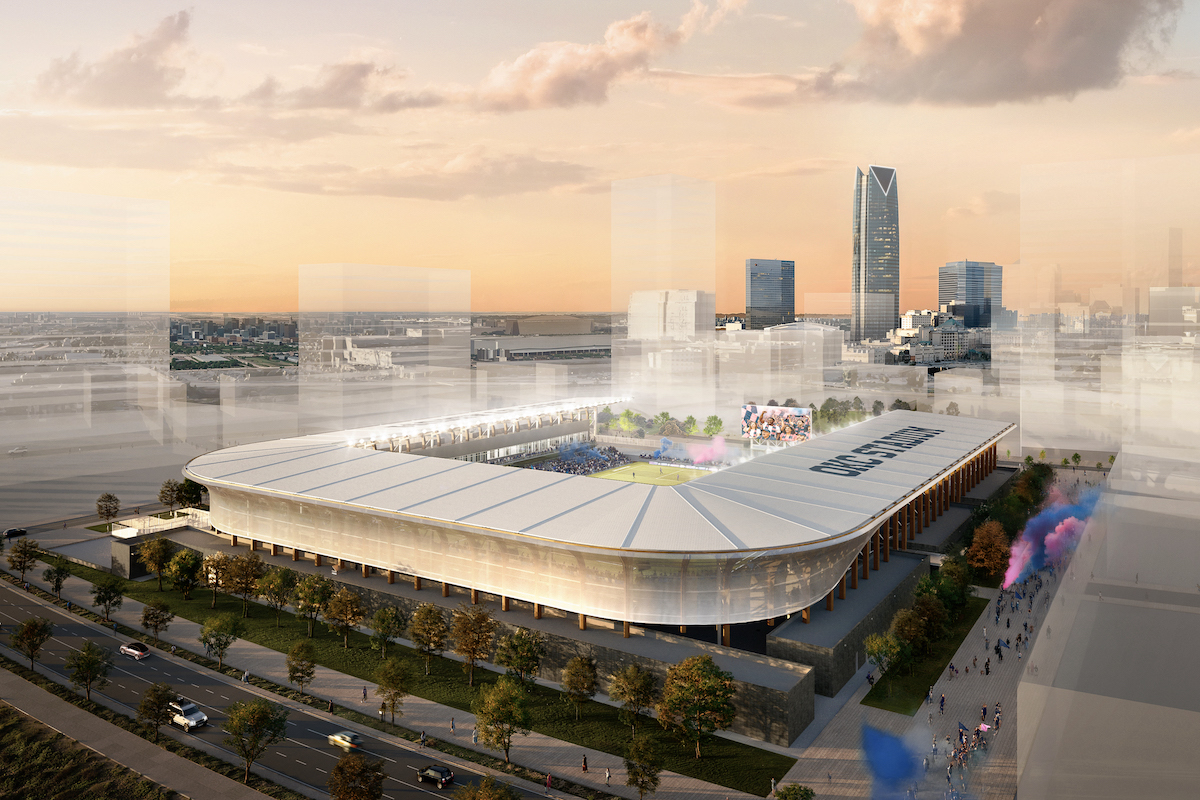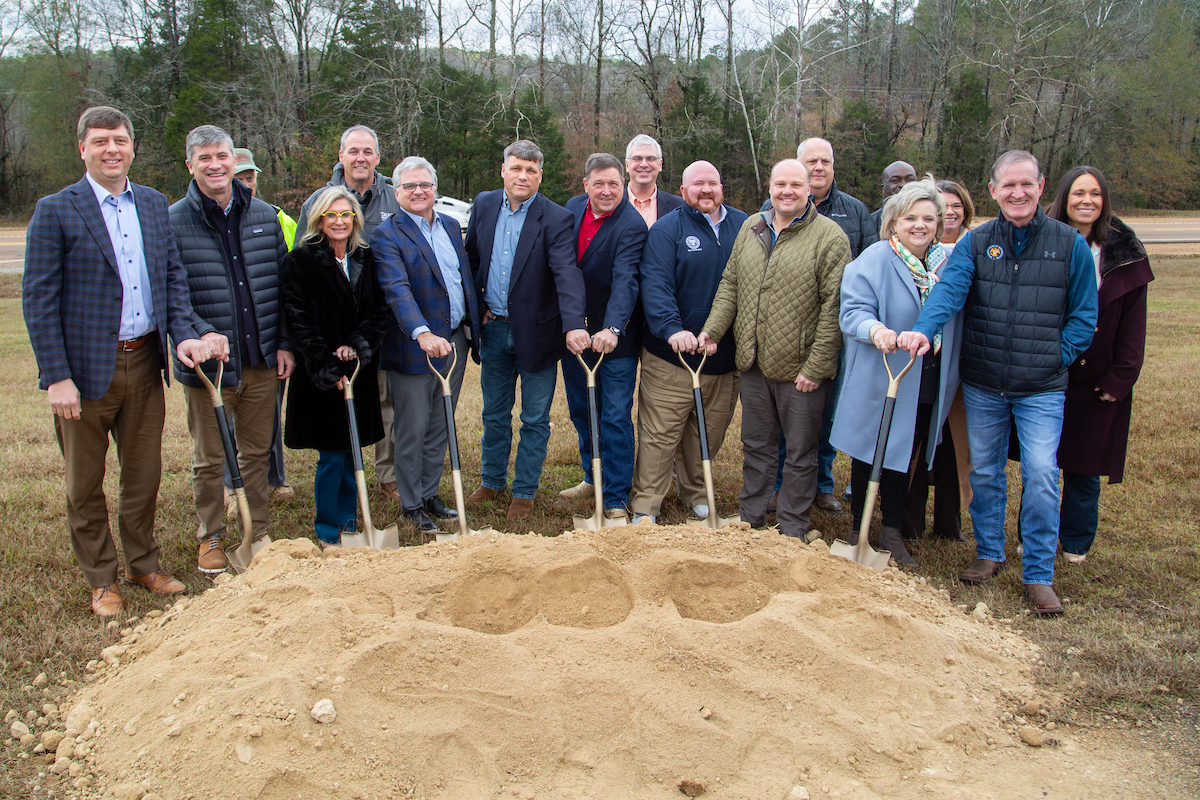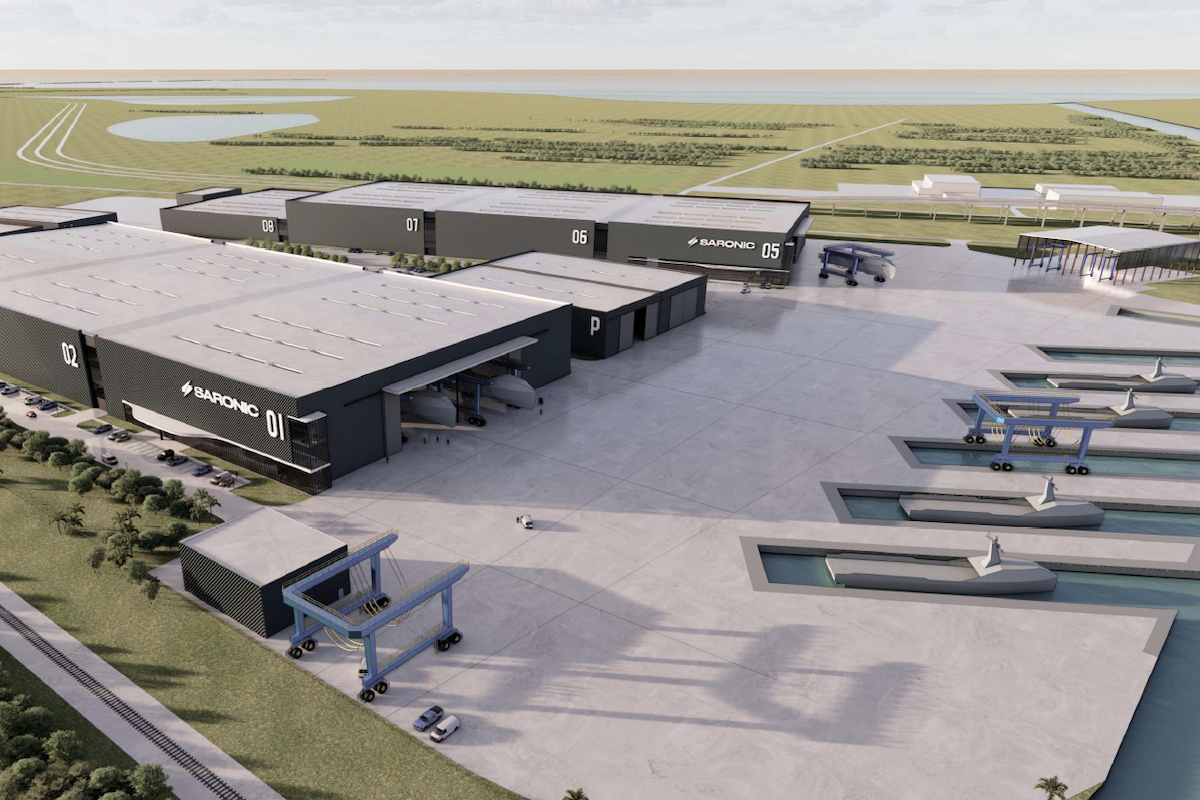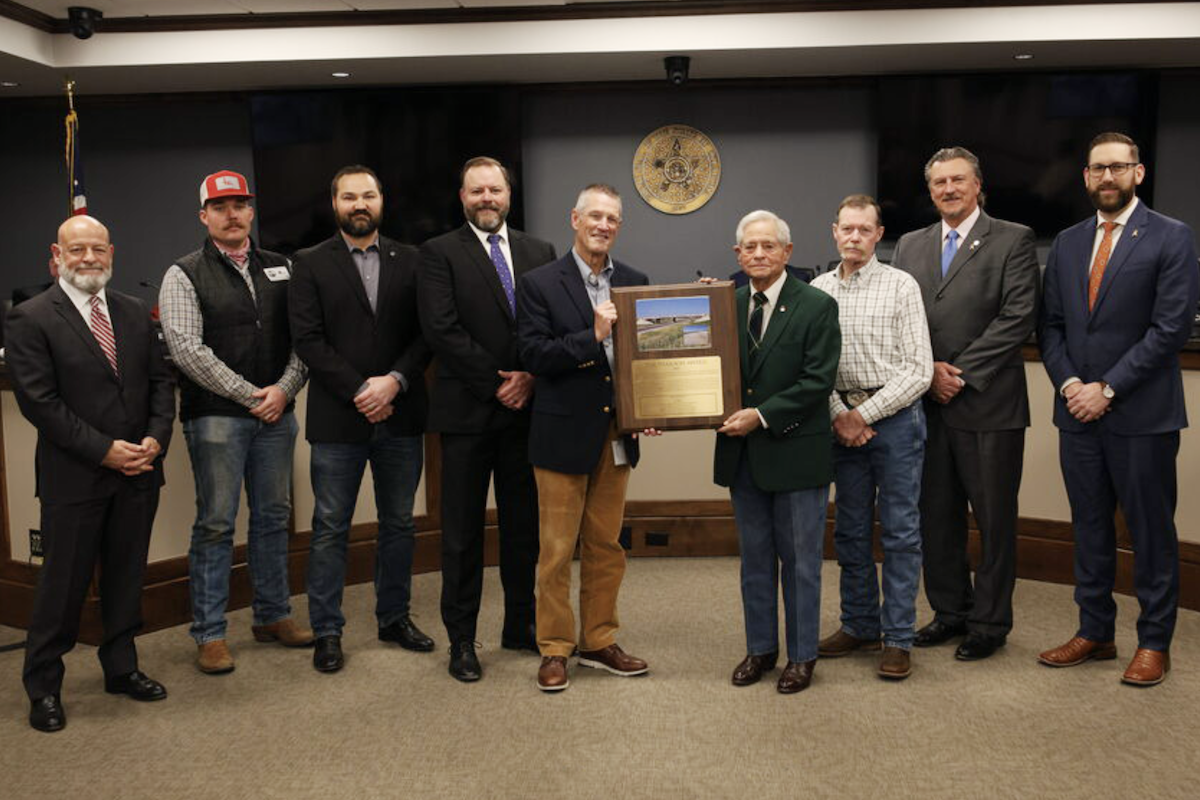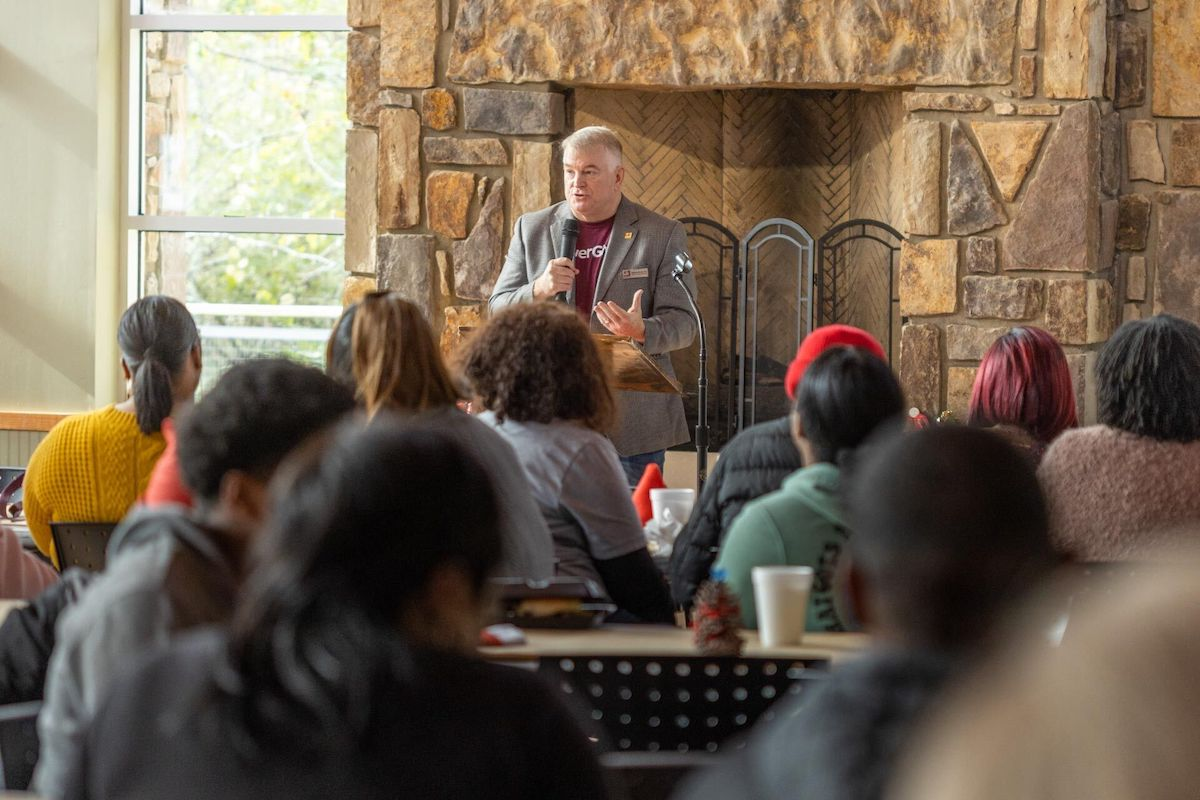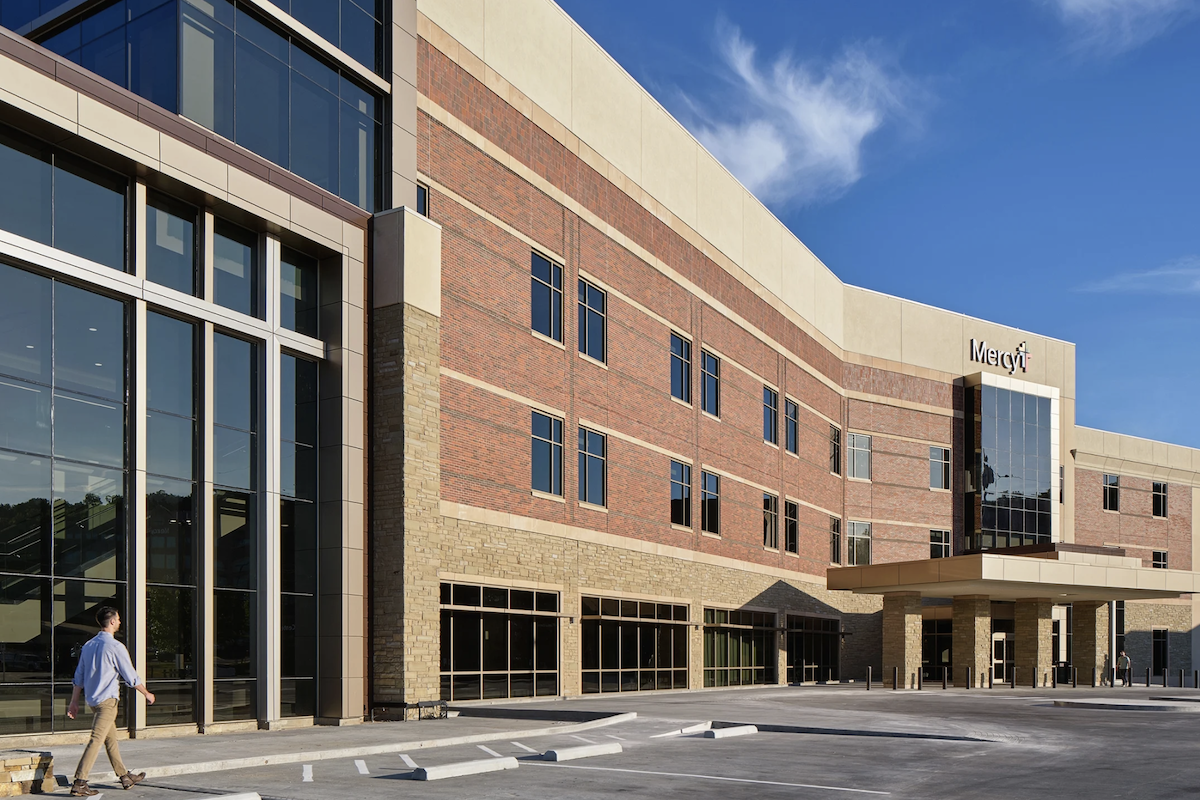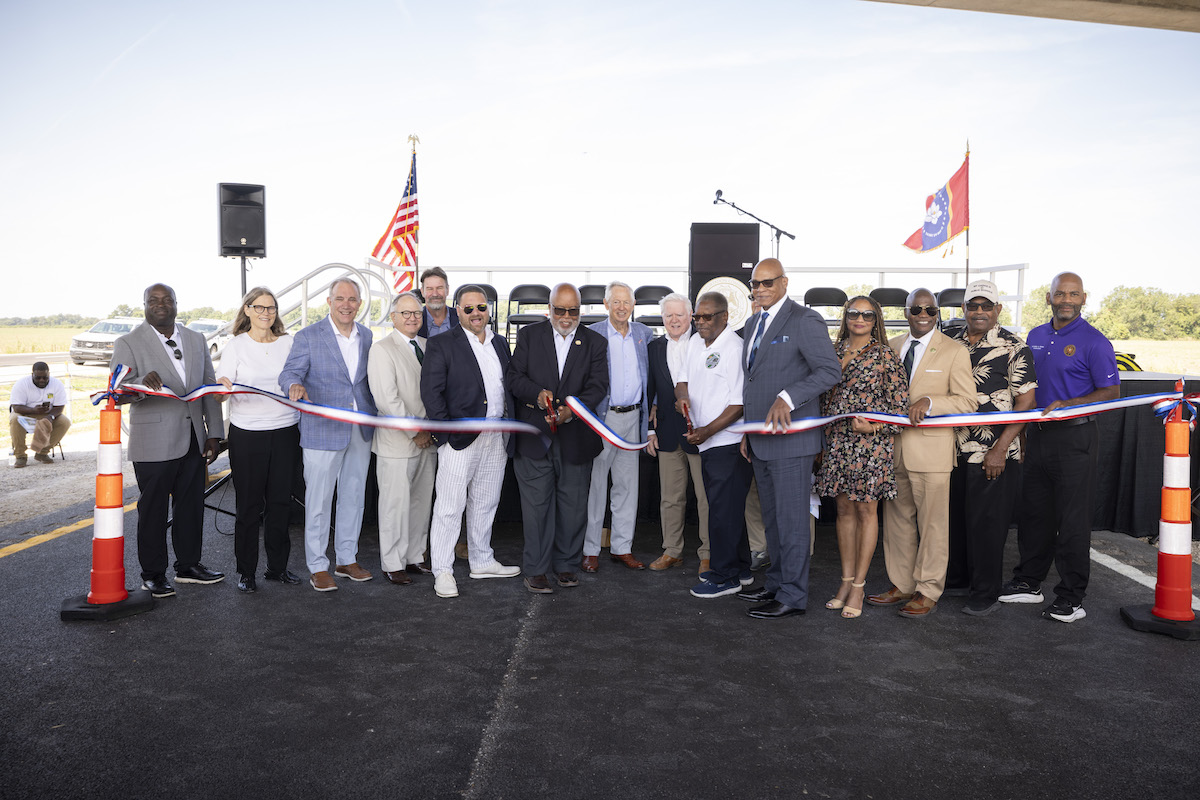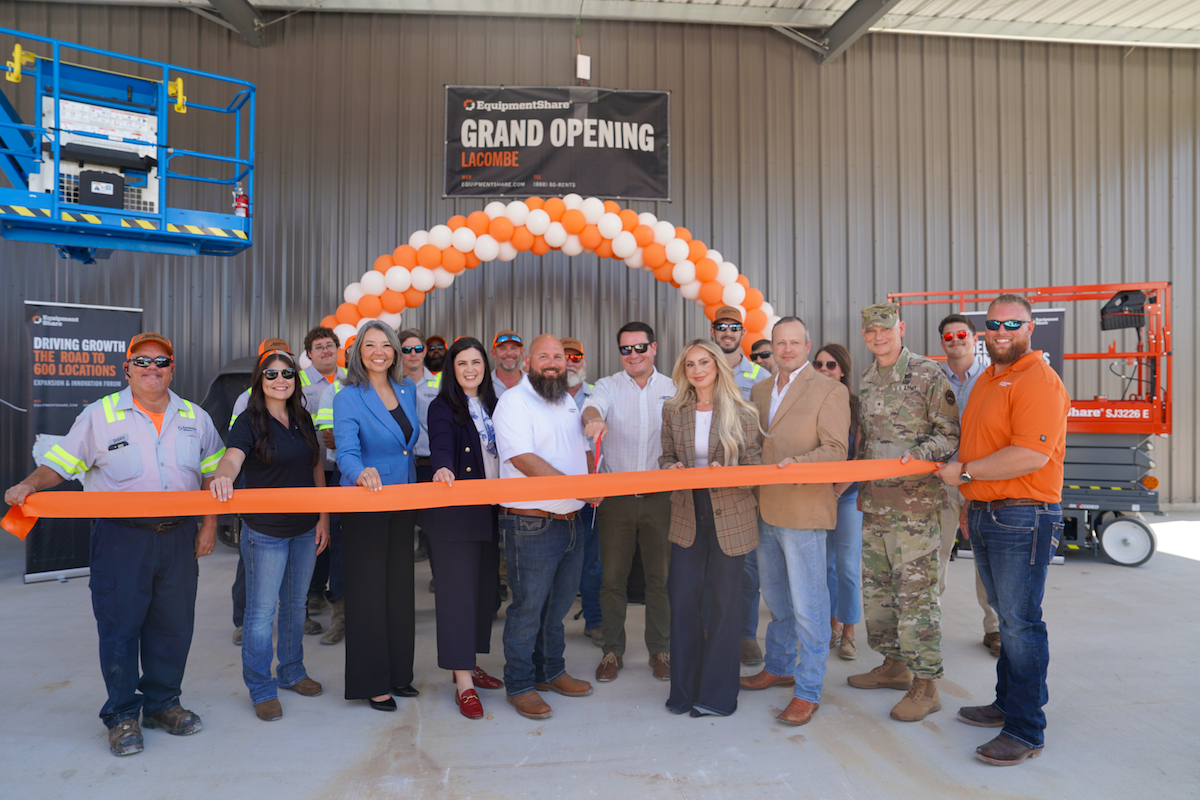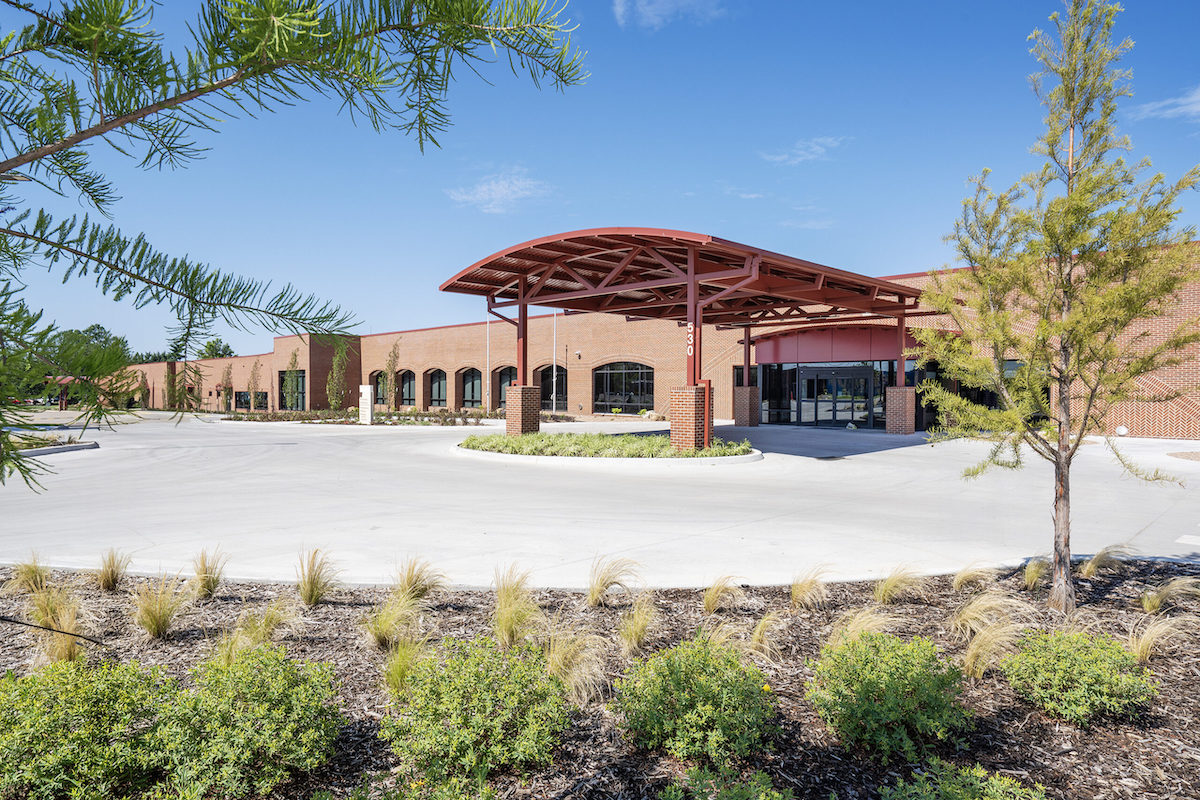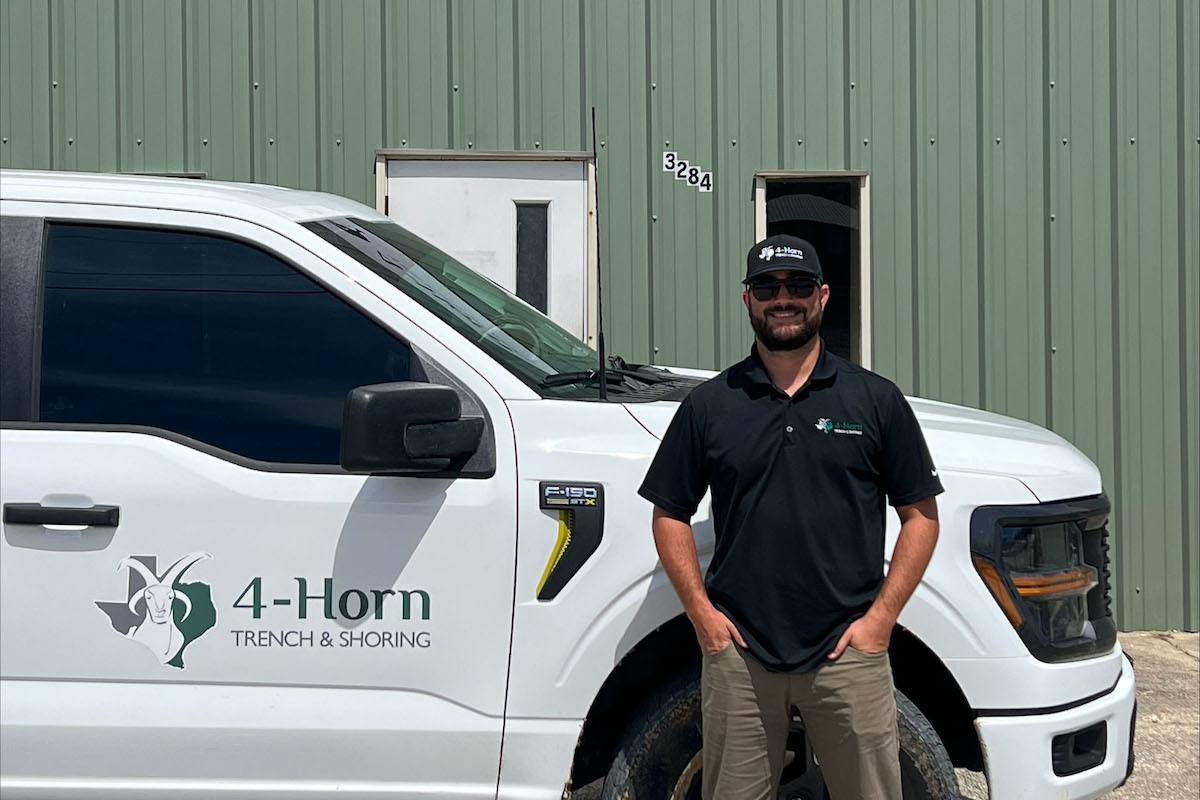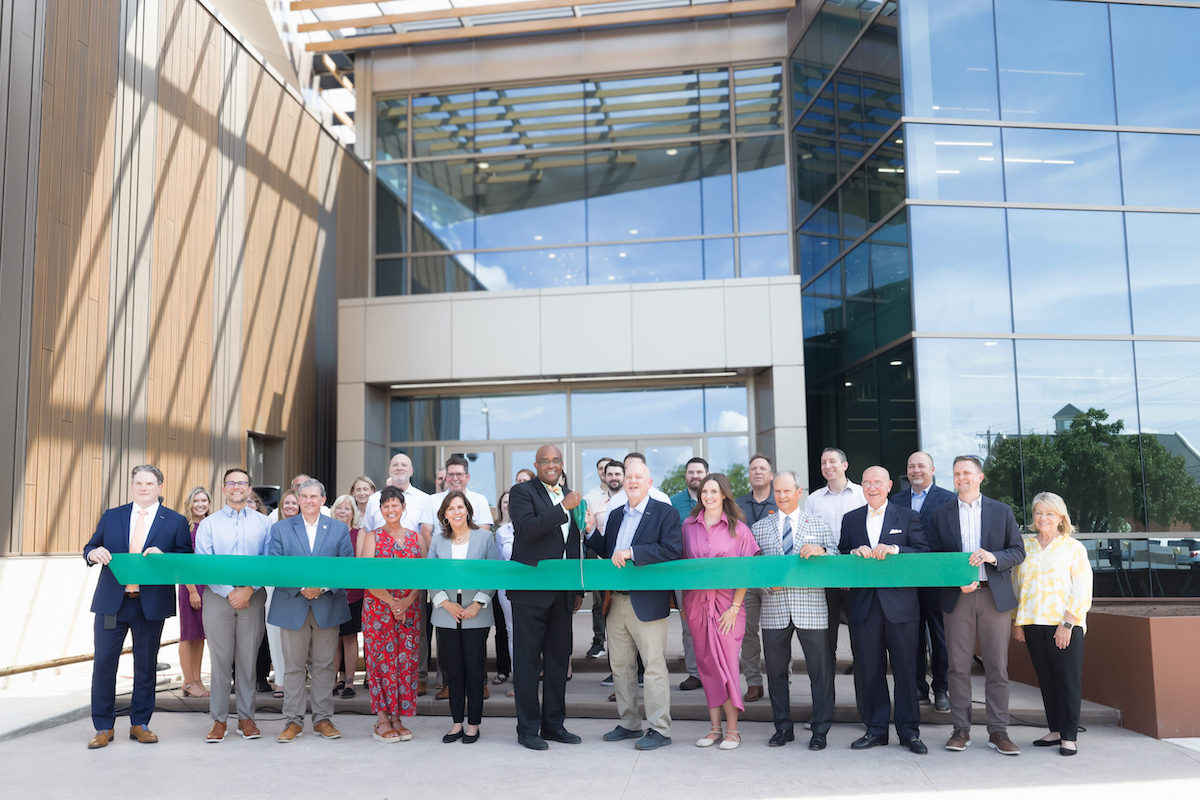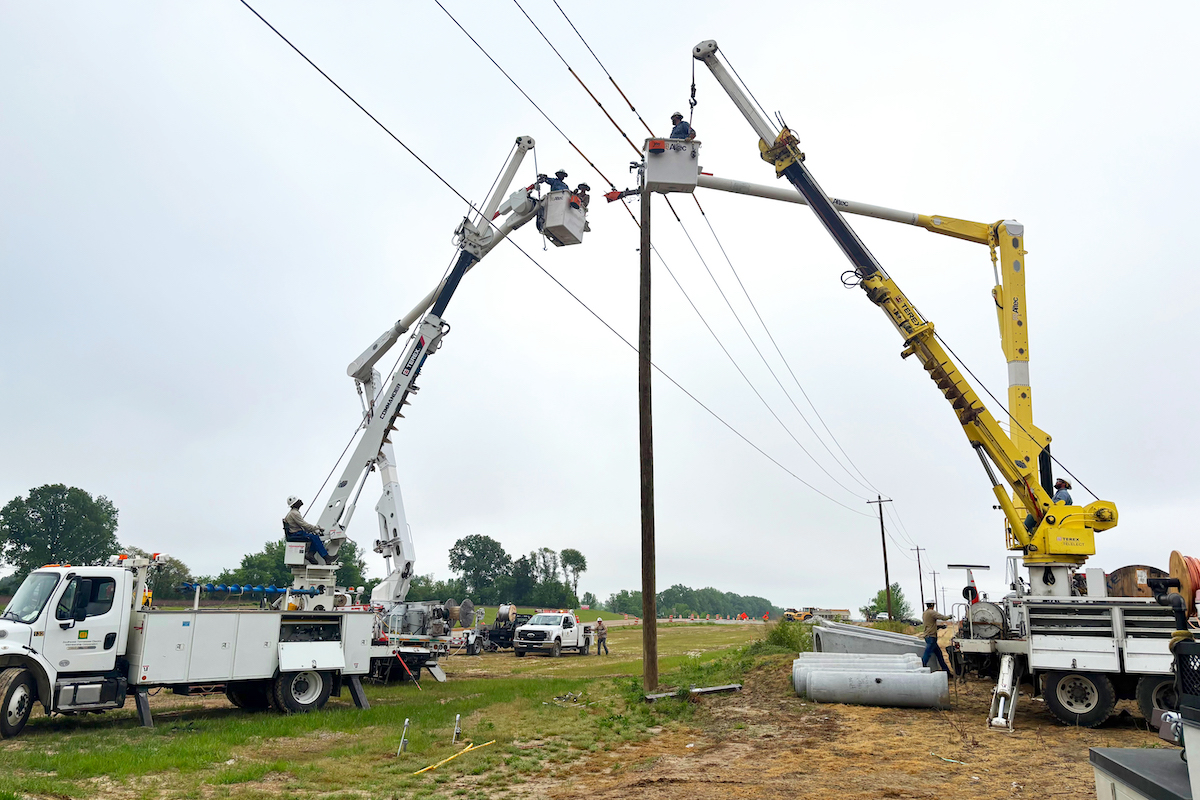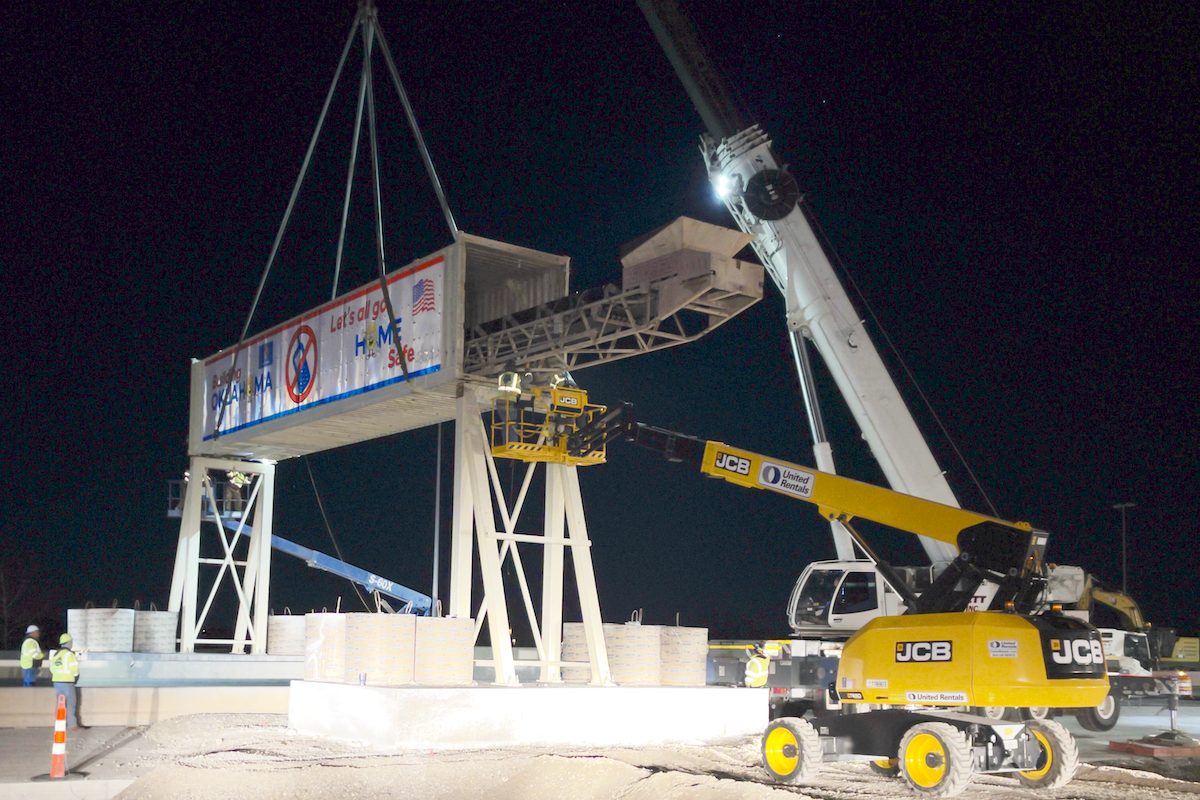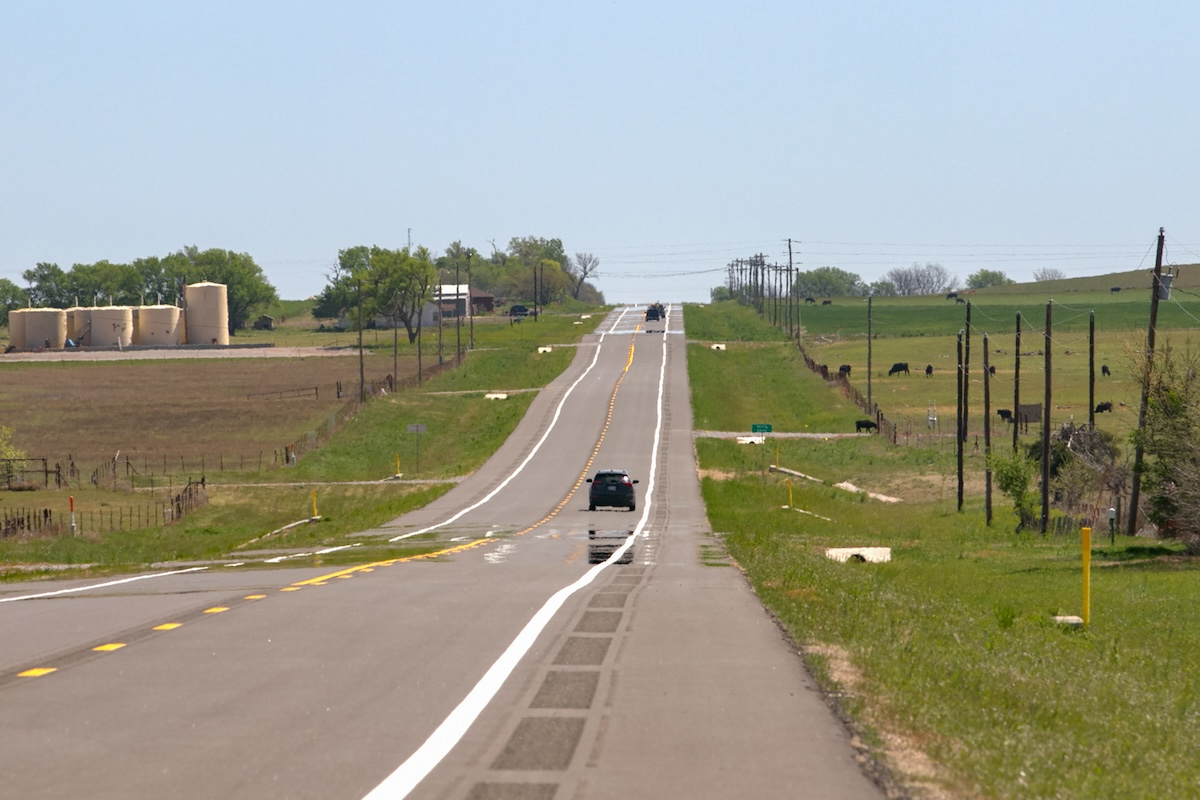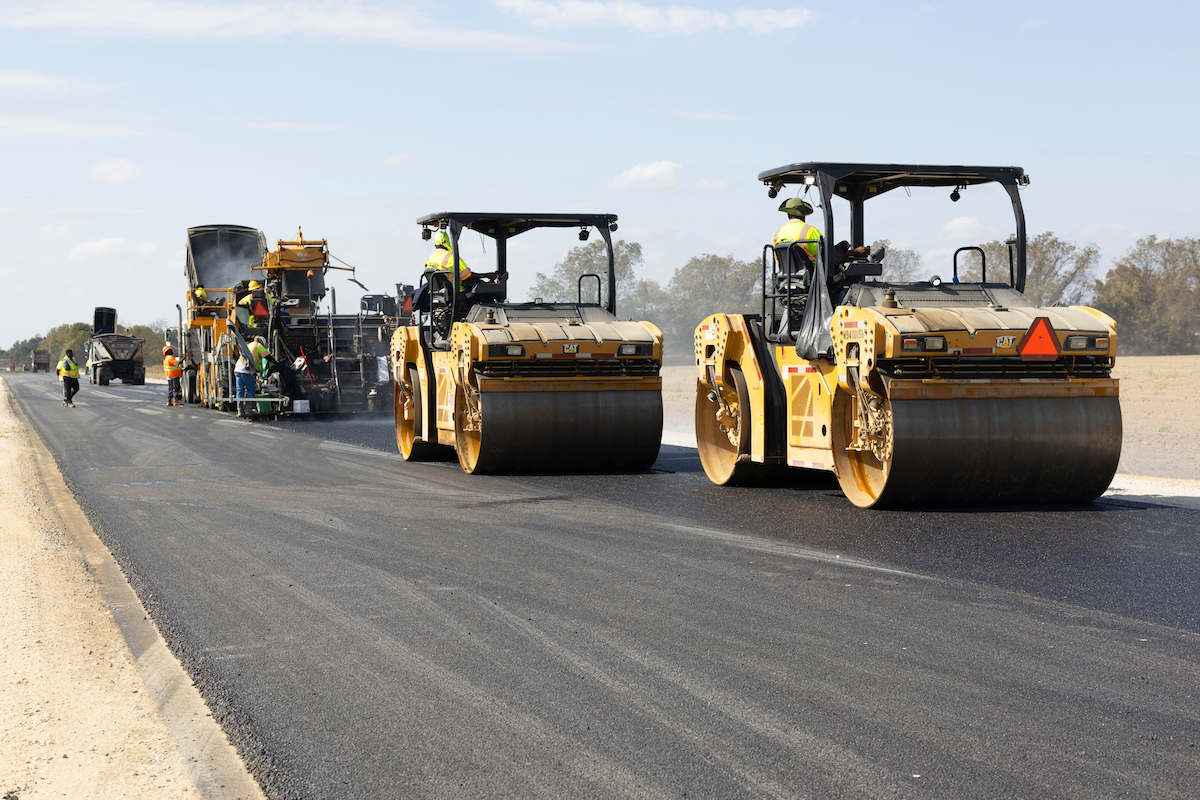“These bridge projects will help provide a safe, reliable and efficient transportation network for all who live in and travel through Prince George’s County,” said Governor Larry Hogan in a press release.
Shanteé Felix, Assistant Media Relations Manager for the Maryland Department of Transportation State Highway Administration, adds that the work is part of a department initiative, which aims to keep Maryland bridges safe and decrease congestion.
The agency is replacing the Capital Beltway (I-95/I-495) bridges over MD 214 (Central Avenue) in Largo; over Suitland Road in Upper Marlboro; and over Suitland Parkway also in Upper Marlboro. All of the bridges were considered safe but nearing the end of their reliable service life.
The project also includes constructing a shoulder for bicycle traffic on eastbound MD 214; replacing a 54-inch water main at the interchange; and restoring the grassy median on the interstate. The temporary asphalt pavement placed during construction to keep traffic moving will be removed.

| Your local Case Construction Equipment Inc dealer |
|---|
| ASCO Equipment |
WRA of Baltimore designed the bridge replacement.
Approximately 225,000 vehicles travel this section of I-95/I-495 daily and 72,000 use MD 214 on average each day, Felix says. She reports many instances of motorists speeding in the area, many of whom are driving distracted, damaging equipment and traffic controls.
Wagman Heavy Civil of York, Pennsylvania, was the low bidder at about $26 million. The heavy civil construction company was founded in 1902 and remains family owned. It operates offices in Pennsylvania and Virginia and offers general construction and geotechnical services. Construction started in December 2018.
“The three-stage construction in each direction of the beltway, combined with the narrow work area below the bridge on MD 214 had its challenges to assure the high-volume interstate traffic in the area of the interchange was maintained safely and not adversely impacting the travelers while still accomplishing the task of building new bridges and completing all of the associated tasks required to do so,” says Todd Becker, Senior Vice President with Wagman Heavy Civil.
Utility lines in conflict with the footprint required relocations, which presented challenges early in the project. Most were handled under a separate contract.

| Your local Hitachi dealer |
|---|
| CLM Equipment Co |
But Wagman’s scope included relocating a 48-inch WSSC Water main, which was running parallel to MD 214.
“We had to bore under the beltway and come back to 214 and get it out of the footprint of the project,” explains Troy Callender, Project Engineer with MDOT SHA and Supervisor of the state highway inspection team.
Crews pushed about 512 feet of 54-inch steel pipe encased in 72-inch reinforced concrete pipe under the highway. The concrete outer, protective pipe adds to the longevity of the pipe and was large enough to walk inside, Callender says.
“That boring was the most interesting aspect of the utility relocation,” Callender reports.
Becker says he “agrees with Troy that the waterline relocation was critical to getting the project moving.”

| Your local Komatsu America Corp dealer |
|---|
| WPI |
| Kirby-Smith Machinery |
MDOT SHA also found some leaking valves. The subcontractor was able to use a balloon system to block the pipe, allowing crews to place the necessary welds to stop the leaks.
Water seepage, related to a high-water table and a nearby creek, also presented some challenges.
“We’re in an area where we had a lot of water seeping out after certain excavations,” Callender says. “The retention pond had to be changed and modified to make sure it could filter the amount of water.”
Crews also ran into water while widening a shoulder and mitigated that by undercutting and putting in stone, similar to a French drain, Callender says. In one area, crews had to dewater the site, due to the large amount of water interfering with the work.
“We had to put pumps in place while excavating down and putting the stone in place,” he explains. “A drain pipe was placed to direct the water out of that area.”

| Your local Yanmar dealer |
|---|
| CLM Equipment Co |
| WPI |
Crews placed 57 stone wrapped in geotextile material. The stones are about 1 inch to 1.5 inch in size.
In another part of the project, on the beltway, crews installed Gabion Baskets to help with erosion and sediment control. Stones fill the galvanized steel twisted wire mesh baskets.
“We put it in areas where there is damming, so water can go across,” he says.
Crews also installed rip rap in front of the abutment walls.
The dual bridges have steel girders and are supported by a driven-pile foundation. Some piles reach to 64 feet, but only about 40 feet deep in the median.

| Your local NPK Construction Equipment Inc dealer |
|---|
| WPI |
In total, more than 14,000 cubic yards of earth were moved and 38,000 tons of asphalt placed. The job is ahead of schedule and anticipated to open to traffic in October.
Becker says he is proud of “building a safe project.”
“This project was exceptional from the outset,” Callender says. “We all worked well together and made the project run very efficiently. … I’m proud of the people I am working with. We have a good team, and that makes a difference. They do an excellent job.”
The Suitland Road bridges are replacing 54-year old structures, now considered poorly rated. The new bridges have structural-steel girders and a concrete deck. Approaches are paved with asphalt.
At Suitland Parkway, crews are not only replacing the former 1963-era bridges with steel-girder bridges but also increasing the height of the bridges by 1 foot to provide additional clearance for trucks driving on the parkway. About 197,000 vehicles per day travel on this section of I-95/I-495 daily.

| Your local Wirtgen America dealer |
|---|
| Kirby-Smith Machinery |
MDOT SHA awarded Milani Construction of Washington, D.C., the $36 million contract, which also includes adding pedestrian lighting under the bridge and drainage improvements. These bridges will be paved with concrete, with asphalt paving on the approaches.
Photos courtesy of the Maryland Department of Transportation State Highway Administration

















